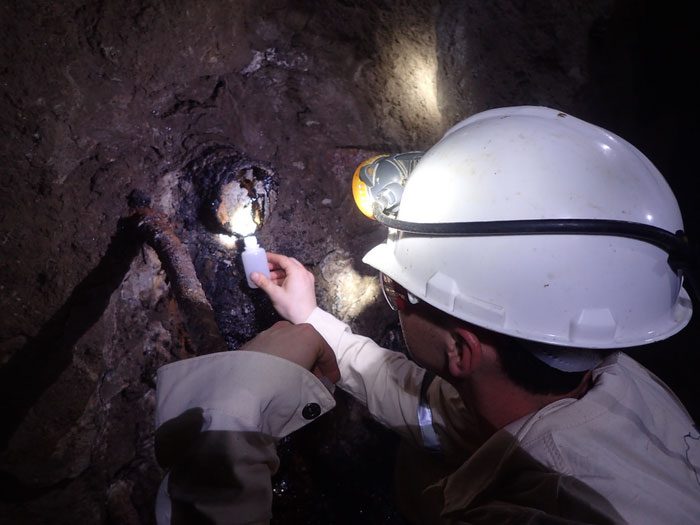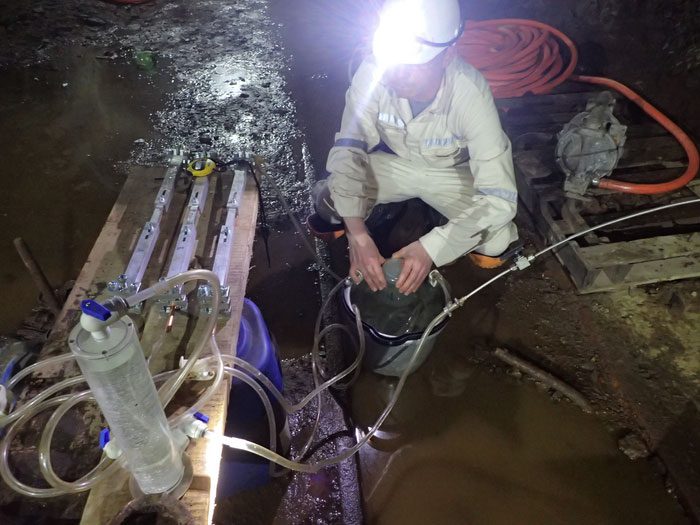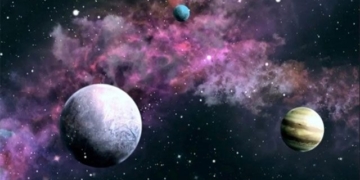A research team has discovered water with a high concentration of radioactive elements at a depth of 3 kilometers beneath the Moab Khotsong gold and uranium mine in South Africa. This water source is at least 1.2 billion years old.
The underground water beneath Moab Khotsong contains unprecedented levels of elements produced by radioactive decay, according to the scientific news outlet IFLScience.

Dr. Warr surveying groundwater at Moab Khotsong mine (South Africa) – (Photo: IFLSCIENCE)

Dr. Oliver Warr from the University of Toronto (Canada) and his co-authors found water in crystalline rock formations at a depth of 3 kilometers below the surface. They noted that these rock formations cover an estimated 72% of the Earth’s crust by surface area and could account for up to 30% of the Earth’s groundwater.
This water source contains elements that allow life to exist without direct access to solar energy.
The reaction between water and certain types of rock generates hydrogen gas in this environment. Although the production is slow over a vast area, this reaction can potentially create a massive amount of gas over time, providing a primary energy source for bacteria or humans if harnessed.
Some of the hydrogen gas produced reacts with carbon to form methane and more complex hydrocarbons, expanding the range of microorganisms that can be supported. Additionally, the radioactive decay of unstable isotopes generates alpha particles (helium nuclei).
Meanwhile, uranium, thorium, and potassium in the surrounding rocks continue to decay, producing lighter elements, including noble gases such as helium, neon, and argon.
“Consider this ancient water source as a Pandora’s box containing helium and hydrogen production energy – a ‘box’ from which we can learn to extract resources on a global scale,” Warr stated in a press release.
This is the second groundwater reservoir discovered that is over a billion years old.
However, there is a significant difference between the newly discovered Moab Khotsong site and the Kidd Creek mine in Canada, discovered in 2016: the groundwater at Kidd Creek is completely isolated, whereas at Moab Khotsong, while the water cannot escape, lighter noble gases have diffused through the rocks to escape. This leads to a substantial difference in the concentration of elements between the two sites.





















































